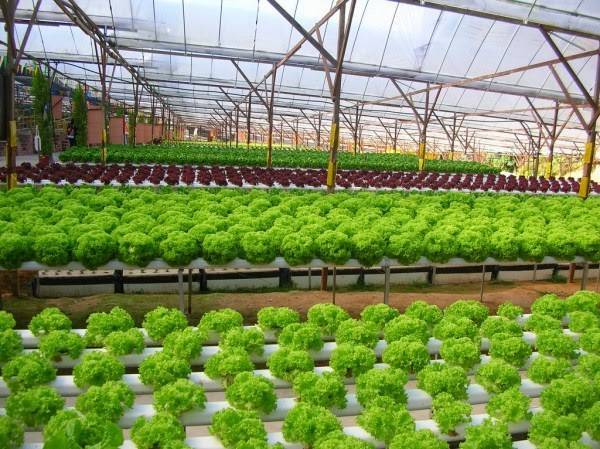Scientists from the Massachusetts Institute of Technology aim to cultivate wood and fiber tissues in the lab. A group of researchers from MIT has proposed a new method for growing certain plant tissues, including wood and fibers, in a laboratory setting, with their idea still in its early stages.
They were inspired by the process of cultivating alternative meats that they have already succeeded in. Researchers see the ability to grow wood and fibers in the lab as an opportunity to facilitate the production of bio-based materials needed by humanity. So far, they have demonstrated this concept by growing structures made from wood-like cells extracted from zinnia leaves. This significant scientific breakthrough represents a starting point for new approaches to producing bio-based materials that could alleviate the environmental burden of forestry and agriculture.
One researcher involved in the project has pointed out that the way we obtain wooden materials for building items like furniture has not changed for centuries and is highly inefficient and destructive to the planet and green spaces. Researcher Luis Fernando Velasquez-Garcia believes that the easiest solution in the future is to cultivate and develop a table, if desired. He added that the ability to grow wood fibers in the lab presents an opportunity to overcome the inefficiencies of the current system.
The team has cultivated wood-like plant tissues in the lab without the need for soil or sunlight. They began their experiments using leaf tissues from the zinnia plant by extracting live cells from its leaves and then growing them in a liquid growth medium, where the cells were able to metabolize and reproduce effectively. The cells were then transferred to a gel-like substance, which the researchers modified to grow and transform into a solid structure resembling wood using a mix of two plant hormones known as auxin and cytokinin. Reportedly, the variability of these hormones allowed scientists to control the production of the polymer lignin, which gives wood its strength and rigidity.
Researchers were able to evaluate the cellular composition and structure of the final product using fluorescent microscopy. The process demonstrated that plant cells could be used in a controlled production process to enhance the material for specific purposes.




